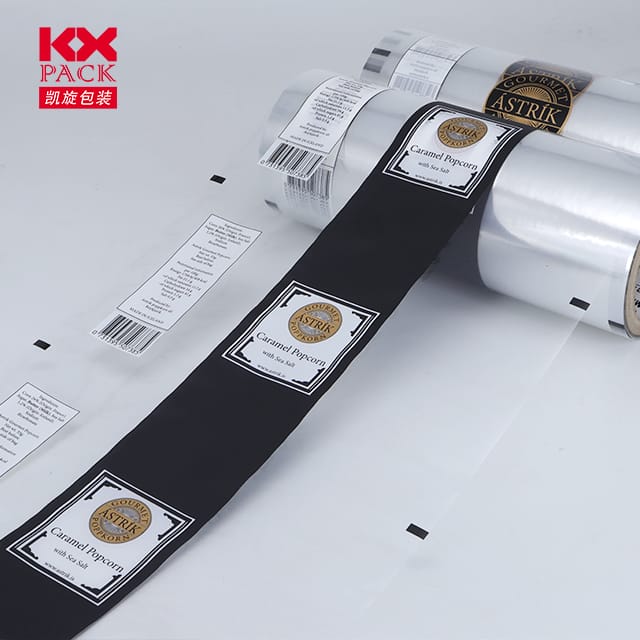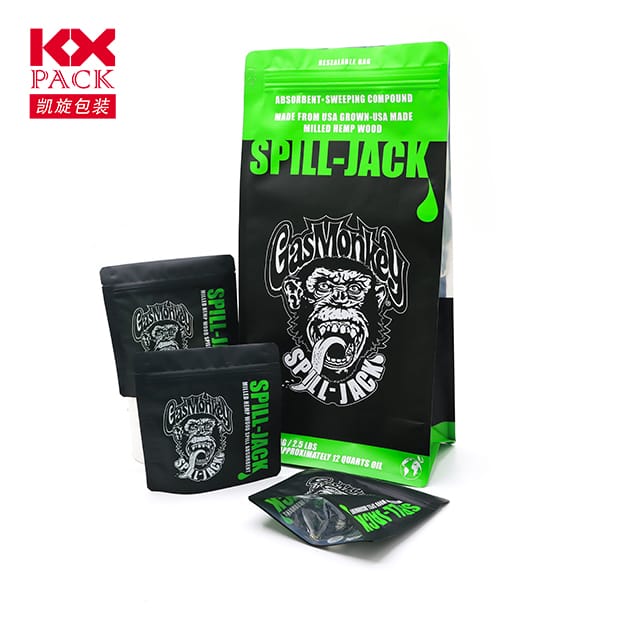포장 필름: The Unsung Hero of Modern Consumerism
포장 필름
In the world of commerce, where first impressions matter and product protection is non-negotiable, 포장 필름 plays a quiet yet pivotal role. From the crisp seal on your morning cereal to the shrink-wrapped pallets at a warehouse, this flexible material keeps products safe, fresh, and visually appealing. 과학을 풀겠습니다, 혁신, and sustainability behind packaging film—and why it’s more than just “plastic wrap.”
What Is Packaging Film?
Packaging film is a thin, flexible material (often made from polymers like polyethylene, 폴리 프로필렌, or biodegradable alternatives) used to wrap, 밀봉하다, or protect goods. It comes in various forms:
- 스트레치 필름: For bundling pallets or securing items during shipping.
- Shrink Film: Shrinks tightly when heated, creating a tamper-proof seal.
- Barrier Films: Blocks oxygen, 수분, or light to preserve food and pharmaceuticals.
- 생분해 성 필름: Eco-friendly options made from plant-based materials or compostable polymers.
Why Is It So Essential?
- Product Protection:
- Shields items from dust, 수분, and physical damage.
- Extends shelf life for perishables (예를 들어, 고기, 치즈, 생산하다) by preventing spoilage.
- Brand Visibility:
- Custom-printed films turn packaging into a marketing tool, reinforcing brand identity.
- Efficiency & Cost Savings:
- Lightweight and space-saving, reducing shipping costs and carbon footprints.
- Automated machinery allows high-speed packaging for mass production.
- 편의:
- Resealable zippers or easy-tear features enhance user experience.
미래를 이끄는 혁신
The packaging film industry is evolving rapidly to meet sustainability demands and functional needs:
- Sustainable Materials:
- Brands are shifting toward 생분해성, 퇴비화 가능한, or recyclable films (예를 들어, PLA, derived from corn starch).
- 소비자 후 재활용 (PCR) content is becoming more common.
- 스마트 패키징:
- Films embedded with sensors or QR codes track freshness, detect leaks, or provide anti-counterfeiting measures.
- 식용 영화 (made from seaweed or starch) are emerging for single-use food wraps.
- 희석제, Stronger Films:
- Nanotechnology improves barrier properties, allowing thinner films without sacrificing strength.
- Circular Economy Solutions:
- Companies are designing films for easier recycling or reuse (예를 들어, mono-material pouches).
Challenges on the Horizon
Despite its benefits, packaging film faces criticism:
- Plastic Waste: Single-use films contribute to landfills and ocean pollution.
- Recycling Hurdles: Multi-layer films (common in snack packaging) are hard to recycle.
- Cost vs. 지속 가능성: Eco-friendly alternatives often cost more, slowing adoption.
앞으로 도로: Balancing Innovation and Responsibility
The future of packaging film lies insmarter, greener solutions:
- Industry Collaboration: 브랜드, suppliers, and recyclers must work together to standardize eco-friendly materials.
- 소비자 교육: Encouraging recycling and proper disposal of films.
- Regulatory Push: Governments are introducing bans on single-use plastics, incentivizing innovation.
결론
Packaging film is a testament to human ingenuity—a tiny layer that safeguards, promotes, and connects products to consumers. As we strive for a more sustainable future, the challenge is to harness its potential without compromising the planet. Whether it’s through biodegradable materials, smart technologies, or circular design, the next generation of packaging film will redefine how we protect, present, and perceive the goods we love.
What’s your take? Do you prioritize eco-friendly packaging, or is functionality your top concern? 의견에서 논의합시다! 🌱📦
Stay curious, and subscribe for more insights into the materials that shape our world! 🚀







